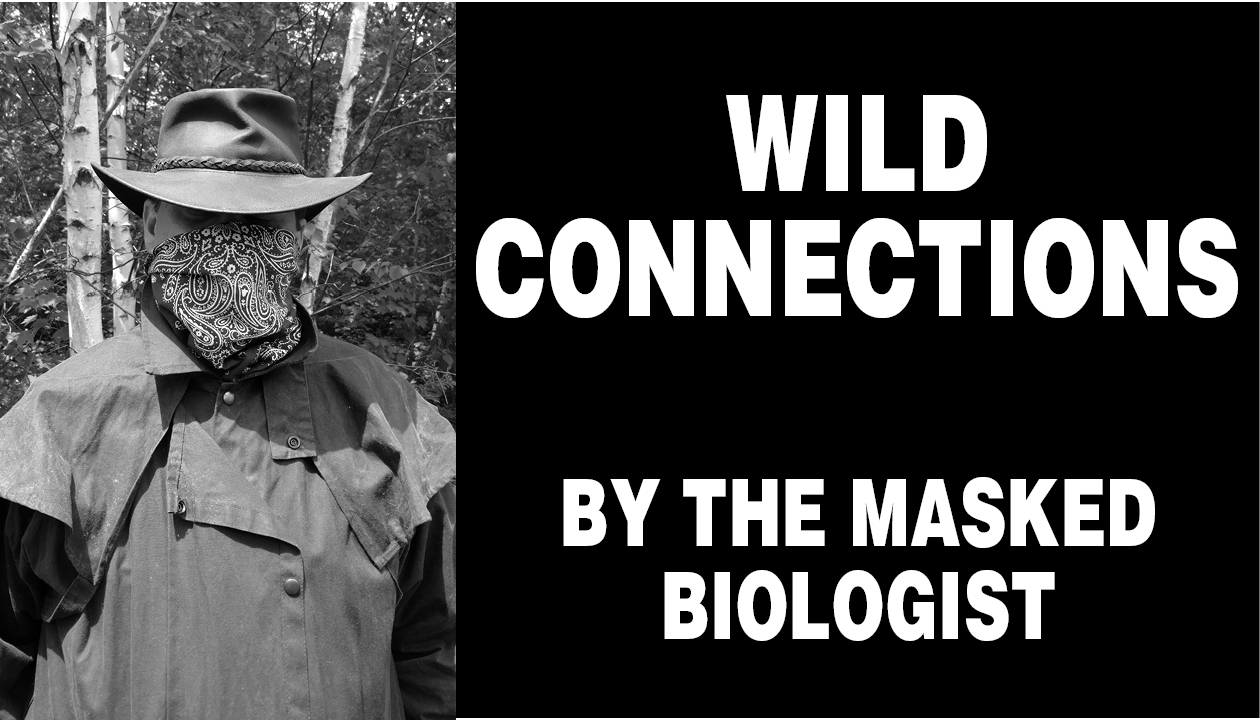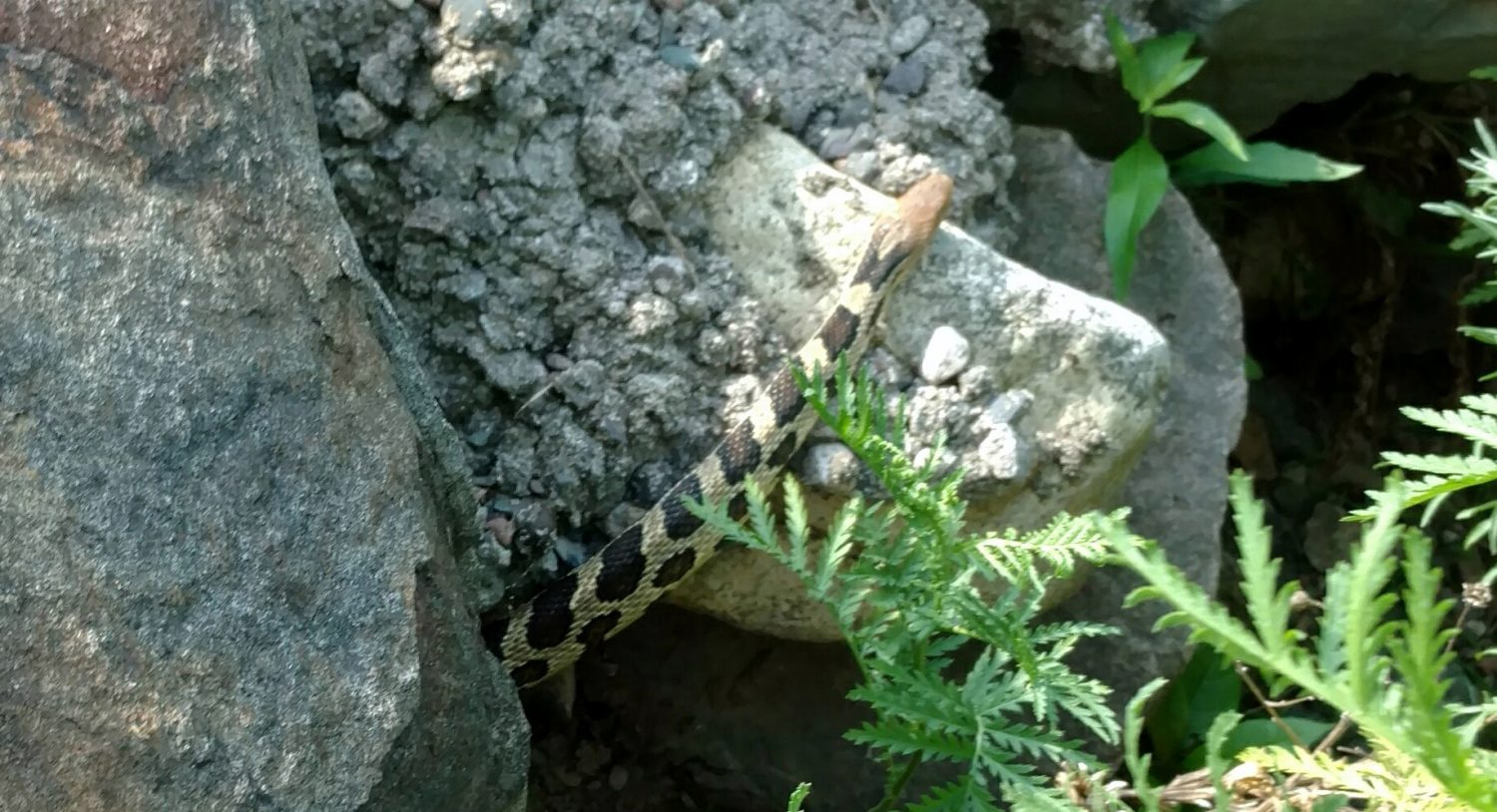Bird feeders are safe; the bears are tucked in for a long winter’s nap

BY THE MASKED BIOLOGIST
Special to the Star Journal
Many of us who live here in the Northwoods plan our lives around wildlife, whether we realize it or not. The recent deer season is an excellent example; I guarantee you that there are hunters around the state who are already counting down the days until the next hunt and making their plans for what they need to change or improve. Hunting is an obvious example, but statistically only a small number of us hunt, about 10-12 percent of all Americans. Bird feeding is a far more popular wildlife activity across the United States, especially in the winter when as many as 40 percent of all households are thought to participate. Local residents know, however, that they have to plan their bird feeding activities around the black bears. This means they wait to put out their feeders until the black bears have largely retired to their dens for the winter, and will have to bring them back in again when bears emerge in spring.
Recently I have received a number of phone calls and emails from folks who are interested in putting out their winter feeders but are unsure if bears are still out. It is good to be conscientious; feeding black bears is illegal, your feeders will be destroyed in the process, and they can do other kinds of harm around your home. Once the bears settle in for their winter nap, though, it is a great time to put out bird feeders. For the most part, it seems bears have begun their winter sleep. I have had a couple reports of bears being rousted by deer drives or turning up on a trail camera photo, but I haven’t cut a bear track or had reports of bear activity around homes in a few weeks now.
The bear hibernation is a little bit of a moving target every year. Their body clock is running, and they sense the shorter days and colder temperatures, but these triggers do not automatically send them into hibernation. I have seen years where bears were obviously still out after the nine-day firearms deer season ended. They are most frequently spotted by hunters, who are feeding the bears with the bait piles placed for deer. It has been one of my assertions that all the extra feed available during the fall as part of the deer season supplies bears with ample opportunity to continue to fatten themselves up before entering the den. With this being the first fall of a baiting and feeding ban in this area, it would stand to reason that there would be less available supplemental food and the bears would decide to hang it up and turn in for the winter. The exception might be pregnant sows or a few older boars, who might decide to continue to search out any remaining acorns or other fall forage before heading to the den. Pregnant sows will give birth in the den this winter, meaning that they and their cubs will be living off whatever fat layer she has been able to put on since emerging from the den in spring.
Bear hibernation is actually a kind of torpor, a state where they can raise their metabolism and rouse themselves quickly to respond to danger or other bodily needs. This means we could actually see the occasional drowsy bear wandering around at just about any point in the winter. For now, though, we should be to the point where the majority of our bears have denned up and we can turn our attention to other kinds of wildlife.
The Masked Biologist earned a Bachelor of Science degree from a university with a highly regarded wildlife biology program. He has work for natural resource agencies from the Rocky Mountains, across the Great Plains and into the Midwest, which provided opportunities to work with a variety of common and rare fish, plant and wildlife species. Follow The Masked Biologist on Facebook
Leave a reply
You must be logged in to post a comment.


